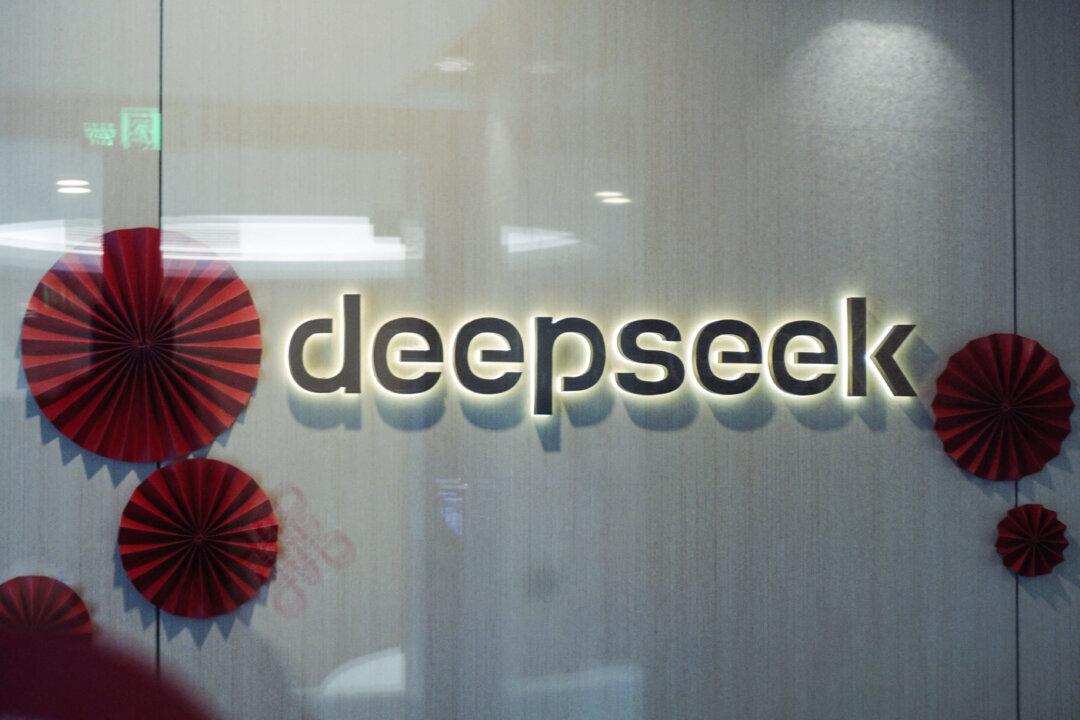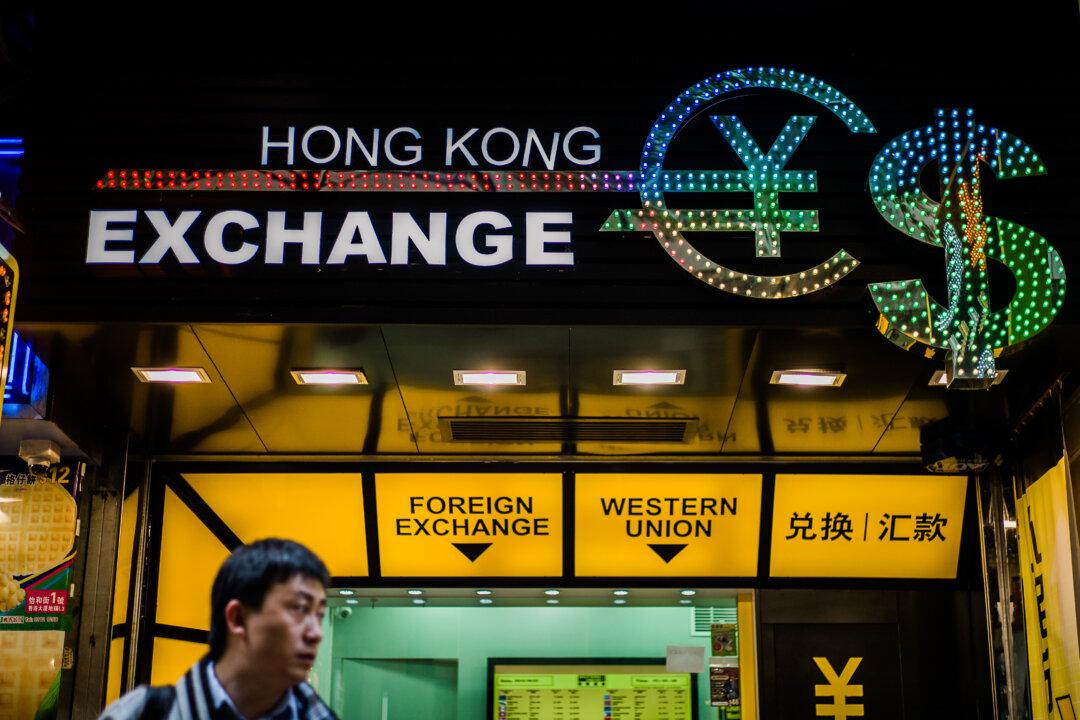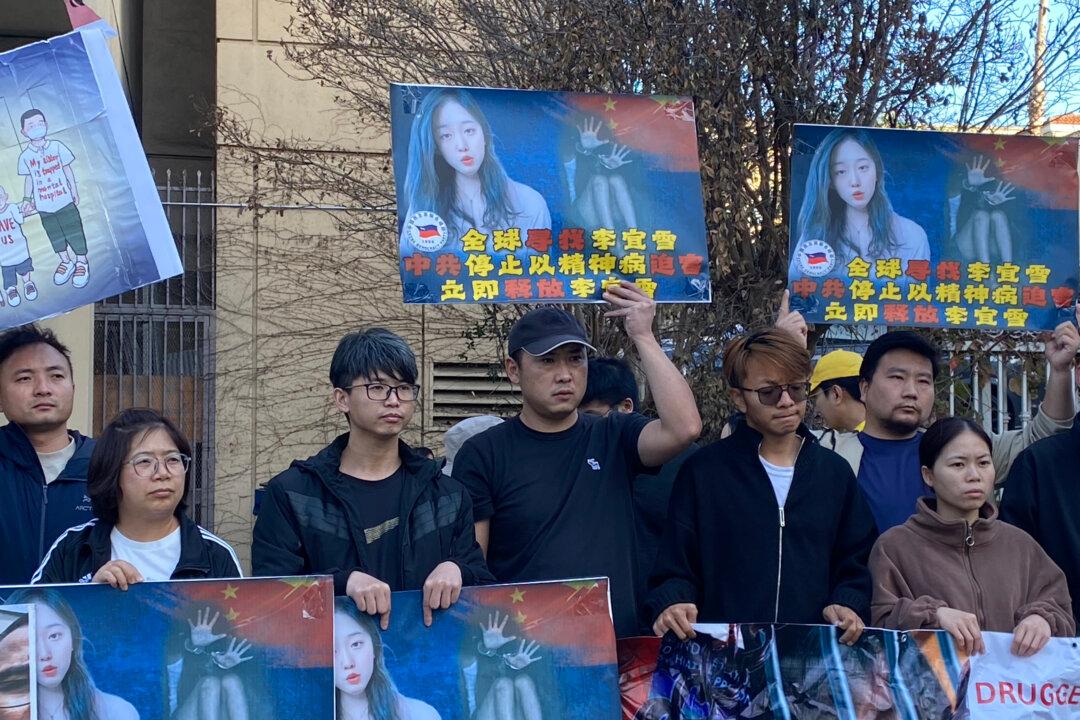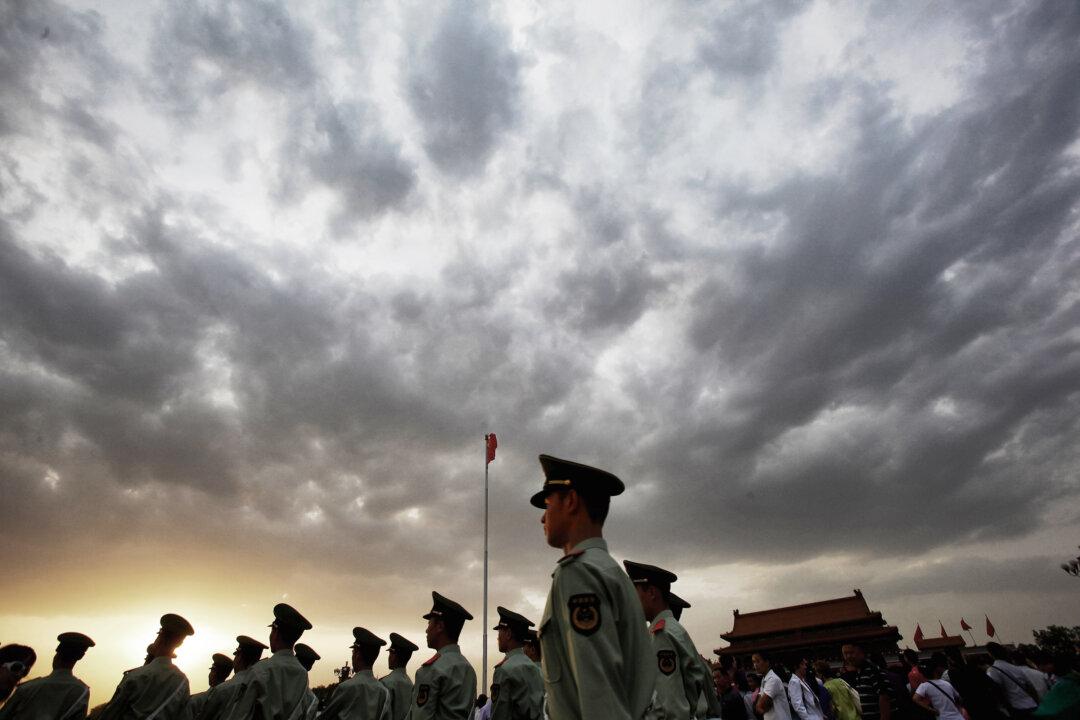U.S. Secretary of State Antony Blinken arrived in Beijing in the early morning of June 18 to begin his trip to China. At a time when the Chinese communist regime has repeatedly provoked the United States and U.S.–China relations have hit rock bottom, Blinken is the first U.S. secretary of state to visit China in five years.
Chinese leader Xi Jinping has been preparing for war and for dealing with international sanctions since he took office. Analysts believe that Blinken seeks to avoid conflicts through communication during his visit. At the same time, the United States plans to use a combination of soft and hard tactics when dealing with the Chinese Communist Party (CCP).
On June 14, prior to the announcement of his visit, Blinken spoke with Chinese Foreign Minister Qin Gang on the phone, emphasizing the need to avoid misjudgment and conflict. Qin said that the United States should respect the core concerns of the CCP, such as the issue of Taiwan.
In a press briefing on June 15, Assistant Secretary of State for East Asian and Pacific Affairs Daniel Kritenbrink said Blinken has three general goals for his trip: establish communication channels that are open and empowered in order to effectively handle competition without it escalating into conflict; speak out for U.S. values and interests, discuss a host of regional and global security matters; and explore potential cooperation on transnational challenges, such as climate and global macroeconomic stability.
“Our primary focus, again, is to have candid, direct, and constructive discussions on all three of these fronts,” Kritenbrink said.
One of the highlights of Blinken’s visit is to seek cooperation with China to curb the smuggling of fentanyl precursor chemicals. The United States revealed that China has been reluctant to cooperate on this issue. There are many media reports that the Chinese communist regime is behind the fentanyl smuggling.
Xi Jinping: ‘Prepared for Worst-Case and Extreme Scenarios’
U.S.–China relations and the situation in the Taiwan Strait are now tenser than they were four months ago. Xi has repeatedly emphasized “extreme thinking” and “extreme situations” in his recent speeches.On June 7, after a visit to Hohhot, Inner Mongolia, Xi stressed that “the purpose of constructing a large domestic circulation is to ensure that the national economy can function normally under extreme conditions.”
On May 30, when presiding over the first meeting of the 20th Central National Security Commission, Xi also pointed out that “we must adhere to bottom-line thinking and extreme-scenario thinking, and be prepared to withstand major test of high winds and even stormy waves.”
Jin Canrong, a hawkish and influential foreign-policy scholar, told the regime’s mouthpiece Global Times on June 4 that “extreme situation” means “danger of war,” and that it is definitely the Taiwan issue that poses the risk of war. However, this article was only published in the English version of Global Times, but not in the Chinese version.
The Chinese military has also carried out provocative actions against the U.S. military on many occasions.
On May 26, a Chinese fighter jet J-16 intercepted a U.S. Air Force RC-135 in international airspace over the South China Sea. The Chinese fighter jet passed directly in front of the RC-135, causing the U.S. aircraft to fly through its wake turbulence.
On June 3, when a U.S. guided-missile destroyer, the USS Chung-Hoon (DDG-93), and a Canadian frigate, the HMCS Montreal (FFH-336), were navigating the Taiwan Strait, a warship belonging to the People’s Liberation Army Navy unexpectedly crossed in front of Chung-Hoon, as reported by journalists on board.
The Canadian outlet Global News reported that the Chinese warship picked up considerable speed and cut in front of the bow of the Chung-Hoon, a maneuver HMCS Montreal’s commander, Capt. Paul Mountford, criticized as “not professional.”
The Chinese warship came within 150 yards of the U.S. ship. The U.S. crew responded by asking the Chinese to stay clear of the ship, but the Chung-Hoon ultimately needed to alter course and slow down to avoid a collision.
The U.S. Department of Defense stated on June 8 that there have been “scores of dangerous incidents in the air and at sea over the past 18 months alone,” with dangerous incidents referring to unsafe and unprofessional intercepts of U.S. and allied forces.
According to the latest data from the Stockholm International Peace Research Institute in Sweden, the CCP’s nuclear warhead inventory increased from 350 in January 2022 to 410 in January this year.
US: Combination of Soft and Hard Tactics
Prior to Blinken’s trip to Beijing, the United States also made several big moves.U.S. Undersecretary of Commerce Alan Estevez told an industry gathering that the U.S. government intends to extend a waiver of an export control policy, according to a Wall Street Journal report on June 12. The policy is designed to restrict the sale of advanced process chips and wafer fabrication equipment to China by U.S. and foreign companies using U.S. technology.
The United States imposed the restrictions on China’s semiconductor industry last October, but at the same time provided a one-year exemption for several foreign companies that have invested billions of dollars in China to build factories, including South Korea’s Samsung Electronics and Taiwan’s TSMC. Those waivers were due to expire in October this year.
On June 9, the United States, Japan, Canada, and France exercised with two U.S. carriers and a Japanese big deck in the Philippine Sea as part of the Indo-Pacific Command’s Large Scale Global Exercise 2023.
On June 13, the day before the U.S. State Department announced Blinken’s visit to Beijing, independent news outlet Public and Racket published an investigative report revealing that three researchers at the Wuhan Institute of Virology were the “patient zero” of the COVID-19 pandemic. According to multiple U.S. government officials, the three scientists, Hu Ben, Yu Ping, and Zhu Yan, developed symptoms consistent with COVID-19 while working on a “gain of function” experiment on SARS-like coronaviruses.
Japan-based current affairs commentator Li Yiming told The Epoch Times on June 17 that once the origin of the virus is confirmed, many countries will start to claim compensation from the CCP, and the CCP will then face an unprecedented diplomatic and economic crisis. Therefore, the news about “patient zero” is likely to have been released intentionally by the U.S. government as a bargaining chip for negotiations, according to Li.
“Blinken has to have a bargaining chip when he goes to China to negotiate, otherwise how can he negotiate effectively?” Li said.






